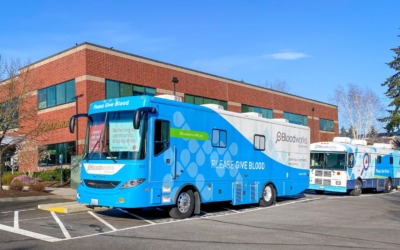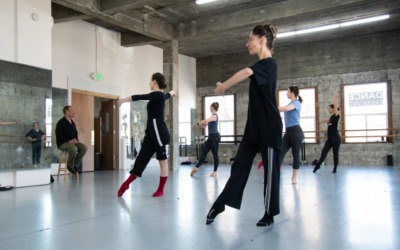This is a sponsored post written by UW Medicine – Ballard.
It’s easy to get out of your workout routine when the forecast calls for rain, rain and more rain. And when that Seattle sun finally breaks through the clouds, it’s hard to resist going all-in on the trails, parks and after-work sports leagues. But if you’ve ever exercised intensely after taking some time off, you know that you’re likely to feel pretty sore the next day, thanks to a phenomenon known as Delayed Onset Muscle Soreness, or DOMS.
Why do you feel sore the next day, instead of right away? Here’s what you should know about DOMS — and when you should be concerned about that second-day ache.
What Is DOMS?
Unlike acute soreness, which is pain that starts while you’re exercising, DOMS usually begins 12 to 24 hours after your workout, with the greatest pain felt anywhere from one to three days later, explains Dr. Carol Wilder, a family and sports medicine physician at The Sports Medicine Clinic at the UW Medicine location in Ballard.
You’ve probably heard that soreness is caused by a buildup of lactic acid in your muscles, but that old-school theory has been debunked, says Dr. Wilder. In reality, DOMS is caused by microscopic damage to muscle fibers that occurs after doing activities you aren’t accustomed to, she explains. When your body starts to repair the damage, you begin feeling sore. That explains why you might not feel sore after a run if you hit the pavement every week, but you could be limping up the stairs after a bootcamp class at your gym.
No Pain, No Gain?
Everyone is susceptible to soreness, but you’ll likely start to experience it less intensely once your body has acclimated to exercising. The best way to relieve DOMS is to keep moving and not do too much, too fast, says Dr. Wilder.
“My major message is to return to activity gradually,” she says. “Being a weekend warrior has its costs.”
When Should You Worry About Muscle Soreness?
While muscle soreness is common after an exercise hiatus, you shouldn’t feel as if you’re overreacting by talking to your doctor about your pain, says Dr. Wilder. A severe case of DOMS could be the condition rhabdomyolysis, which is a breakdown of muscle tissues that releases the protein myoglobin into the bloodstream and can lead to kidney damage and even, in some cases, total kidney failure. Signs of the condition, often referred to as “rhabdo,” include flu-like symptoms, dark urine and significant muscle pain.
“If you notice any of these symptoms following exercise, you should be seen by a doctor for urine and lab tests,” says Dr. Wilder.
Are you concerned about muscle pain? The Sports Medicine Clinic at UW Medicine’s Ballard location is open five days a week, providing surgical and non-surgical treatment for muscle and joint problems, including sports-related or workplace injuries. For more information about the clinic and to make an appointment, visit uwmedicine.org/inballard or call 206.520.6025.





